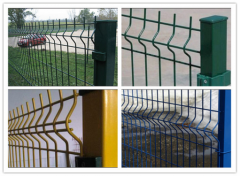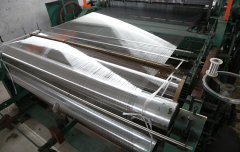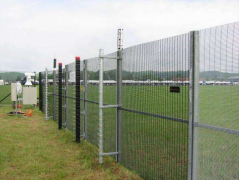Temporary fencing, also known as temporary welded fencing, is a temporary fencing solution used to control large crowds at public events, concerts, festivals, and construction sites. These fences are designed to create a safe and controlled environment for attendees while allowing authorized personnel access to your event or site.

Temporary barriers are usually made of metal or plastic and consist of interlocking sections that are easy to assemble and disassemble. Sections are connected using couplers or pins, allowing for flexible and adaptable layouts that can be tailored to the specific needs of an event or construction site. The sections are also designed to be lightweight and easy to carry, making them the perfect solution for temporary installations.
The primary purpose of temporary barriers is to control pedestrian flow and prevent people from entering restricted or unsafe areas. These barriers are also used to prevent overcrowding and direct people to specific doorways, allowing emergency services to easily access the site if needed.
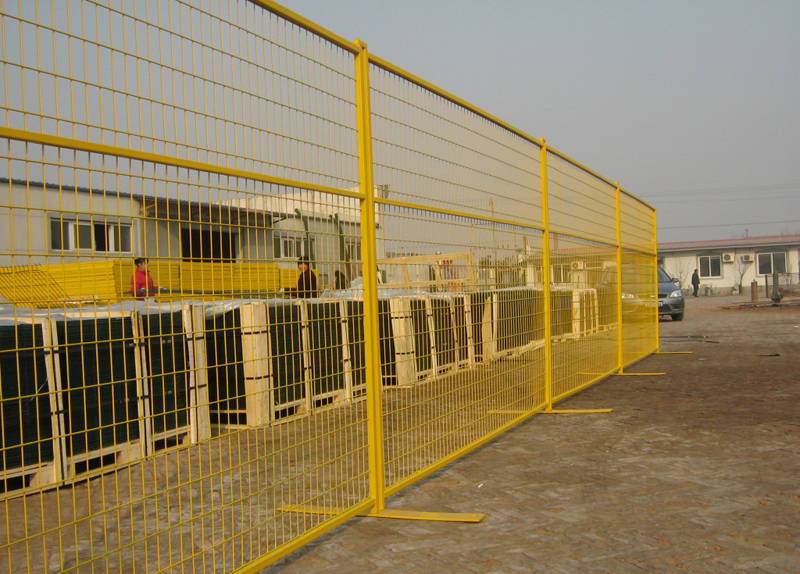
Temporary barriers can also provide a visual barrier separating performers and speakers from the audience, increasing the safety of both parties. This is especially important for high-profile events where there is a risk of disruption or protests.
One of the main advantages of temporary barriers is their flexibility. The interlocking sections can be arranged in a variety of configurations, allowing organizers to create custom her layouts to suit their event and site-specific requirements. This flexibility also means that temporary barriers can be used in a wide range of locations and environments, from fields and parks to busy city streets.

Another important advantage of temporary fencing is its durability. The metal or plastic sections are designed to withstand the wear and tear of repeated use, making them a cost-effective solution for event organizers and construction companies. Additionally, these fences are often coated with a rust-resistant coating so they can withstand exposure to the elements and remain in good condition for many years.
Temporary barriers are primarily used to control pedestrian traffic, but can also be used for a variety of other purposes. For example, these fences can be used to protect sensitive areas and equipment from damage or theft. It can also be used to create temporary storage for equipment and consumables.
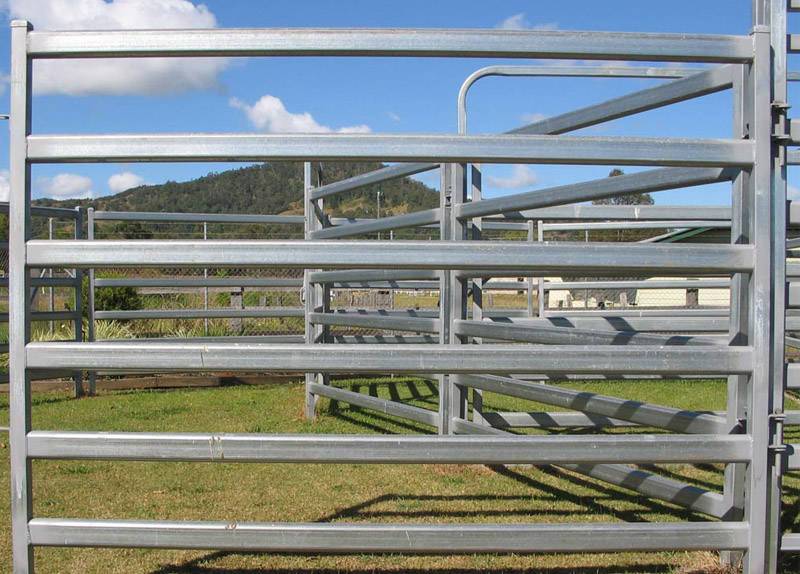
There are several different types of temporary fences available, each with their own unique advantages and disadvantages. For example, metal railings are very durable and can withstand heavy use, making them popular for high-traffic events. However, these obstacles are heavy and difficult to carry, which limits their application. Plastic barriers, on the other hand, are lightweight and easy to move, making them ideal for smaller events and venues. However, these barriers may not be as durable as metal barriers and may need to be replaced more frequently.
When choosing cloud he barrier fencing for your event or construction site, there are many factors to consider, including the size and location of the fenced area, the number of expected participants and workers, and the specific needs of your event or event. is important to consider. place. Additionally, depending on the location and type of event or venue, permits or approvals from local governments may be required prior to installing these fences.
Overall, temporary barriers are a versatile and effective solution for controlling pedestrian traffic and ensuring attendee safety at public events and construction sites. Whether used to direct crowds, secure equipment, or create visual barriers, these fences can be customized to meet the specific needs of your event or venue. We offer flexible and adaptable solutions.

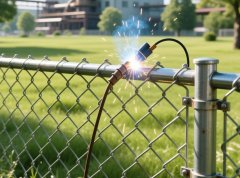
How can South American distributors find suitable fence suppliers? (Professional Procurement Guide)
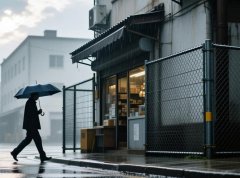
How to Ensure Fencing Products for the South American Market Meet Local Quality Standards
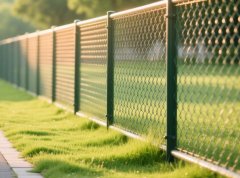
How to Choose the Right Metal Fence Products for the South American Market?
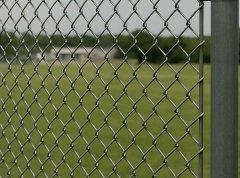
Chain Link Fence – Flexible, Cost-Effective Fencing Solutions for Global Projects
